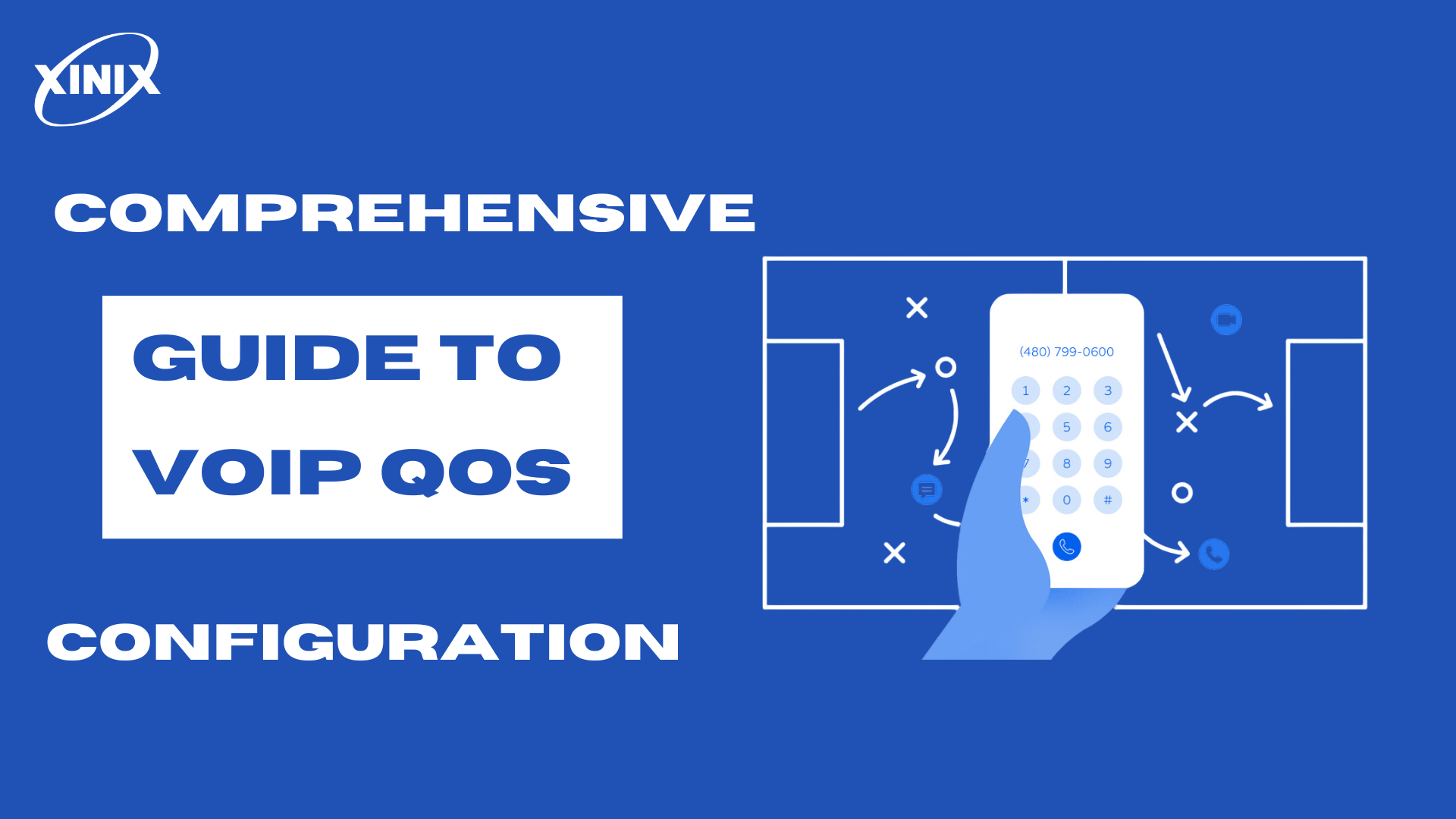
Voice over Internet protocol has revolutionized the way businesses connect and communicate. Home VoIP indeed offers crystal clear call quality and exceptional reliability. However, these attributes require a solid foundation in the form of quality of service configuration.
Understanding VoIP QoS Configuration
VoIP quality of services (QoS) is a set of advanced techniques and technologies that ensure VoIP call quality. QoS techniques ensure that data packets or codecs during VoIP calls are prioritized over the network. If not configured properly, other data traffic such as web browsing and emails may interfere with VoIP codecs. In addition, if VoIP traffic is not prioritized in QoS configuration, it leads to network latency as data packets are delayed. This results in poor quality, distortion, frequent call dropping, and overall frustrating user experience.
It is, therefore, recommended to have proper QoS configuration so as to ensure optimal call quality with minimal latency.
Why users should configure VoIP QoS?
Without QoS configuration, users might face several VoIP issues such as network latency, call drops, and overall poor quality of services. The fundamental role of QoS was to mitigate issues with packet loss and jitter, which are common VoIP issues. However, if not configured accurately, it interferes with VoIP calls.
How can I configure VoIP QoS?
QoS configuration is associated with your network router. Commercial routers usually come with built-in or default functionality and there is no need for additional configuration. Furthermore, the step or method for QoS configuration for a router depends on its model and manufacturer. The user is provided with a step-by-step guide to the new device.
Setting QoS Priorities
You will have to set priorities for different types of traffic. Ideally, VoIP traffic should be the top priority for business. However, there must be a balance so as not to impact other critical network traffic. In addition, make sure you prioritize network traffic by its types and not by the devices. This way devices will not monopolize or interfere with available bandwidth, allowing a smooth flow of traffic.
For QoS configuration:
- Access Router Setting – log in to admin interference and access the setting menu. You can log in with the router’s IP address or through the web browser.
- Enable QoS – in the router setting menu, enable desired features for QoS
- Prioritize traffic channels – choose the desired priority class for VoIP traffic and also specify the bandwidth
- Classify Traffic From Different Channels – set the configuration of the router so it can distinguish VoIP data packets based on port numbers and protocols
- Set Traffic Policies – set rules to prioritize VoIP traffic over others. You can control the flow of traffic by selecting the desired bandwidth. The VoIP traffic will conform to the selected bandwidth and prevent network congestion.
Once done, you are all set to enjoy exceptional call quality with minimal downtime, latency, or other VoIP problems.
Regular Monitoring And Troubleshooting Issues
Technologies require ongoing and periodic mentoring to ensure optimal functionality. There are several network monitoring tools to help you identify loopholes and prompt troubleshooting. You will need to configure QoS, make adjustments, and upgrade your connection. This way, you can optimize your VoIP experience and enjoy seamless connectivity for business and individual needs.
Bottom line
Business networks experience a huge influx of inbound and outbound calls concurrently. This leads to network congestion and consequently poor VoIP quality. In order to ensure optimal call quality, users need to configure VoIP QoS properly.
Commercial routers generally have a default configuration. However, if you have just switched to a VoIP phone system and your experience is not as expected, you should check and adjust the QoS configuration.
Read More: Xinix is the best Voip provider Ever!!
Frequently Asked Questions
How is QoS used in VoIP telephony?
VoIP quality of services (QoS) refers to a set of techniques to prioritize network traffic going through a router. Administrators adjust QoS parameters to optimize VoIP call quality, reduce latency, and mitigate VoIP-related issues.
Why do we have to configure QoS properly?
If VoIP QoS is not properly configured, it results in poor call quality, distortion, call dropping, and so on. QoS configuration is the way to manage and prioritize network traffic to prevent and mitigate such issues.
What is a QoS requirement for VoIP calls?
On average, the one-way latency (from caller to receiver) should be less than 150 ms. Similarly, the average duration of jitter (delay in data packet transmission) should be less than 30 ms. Users can check these parameters with the help of network monitoring tools.
What are some of the best practices to optimize VoIP experience in corporate networks?
Businesses should conduct regular assessments, set QoS policies, and periodically monitor and troubleshoot issues to be able to enjoy seamless connectivity.
What are some key components for accurate VoIP QoS configuration?
In order to optimize VoIP, key components for QoS configuration include bandwidth management, traffic prioritization, shaping, and setting policies. Furthermore, network monitoring tools help to identify and resolve technical complexities and system loopholes.